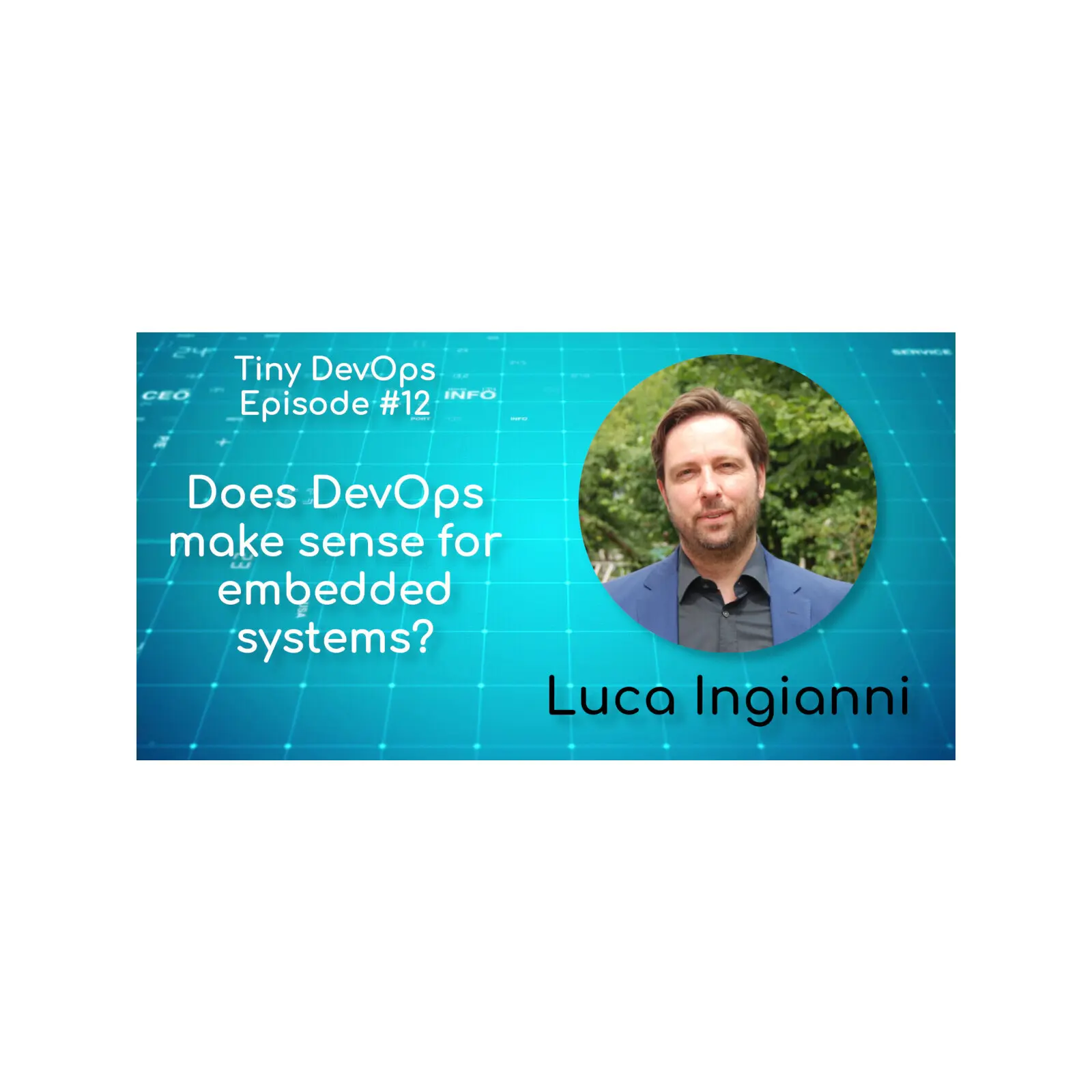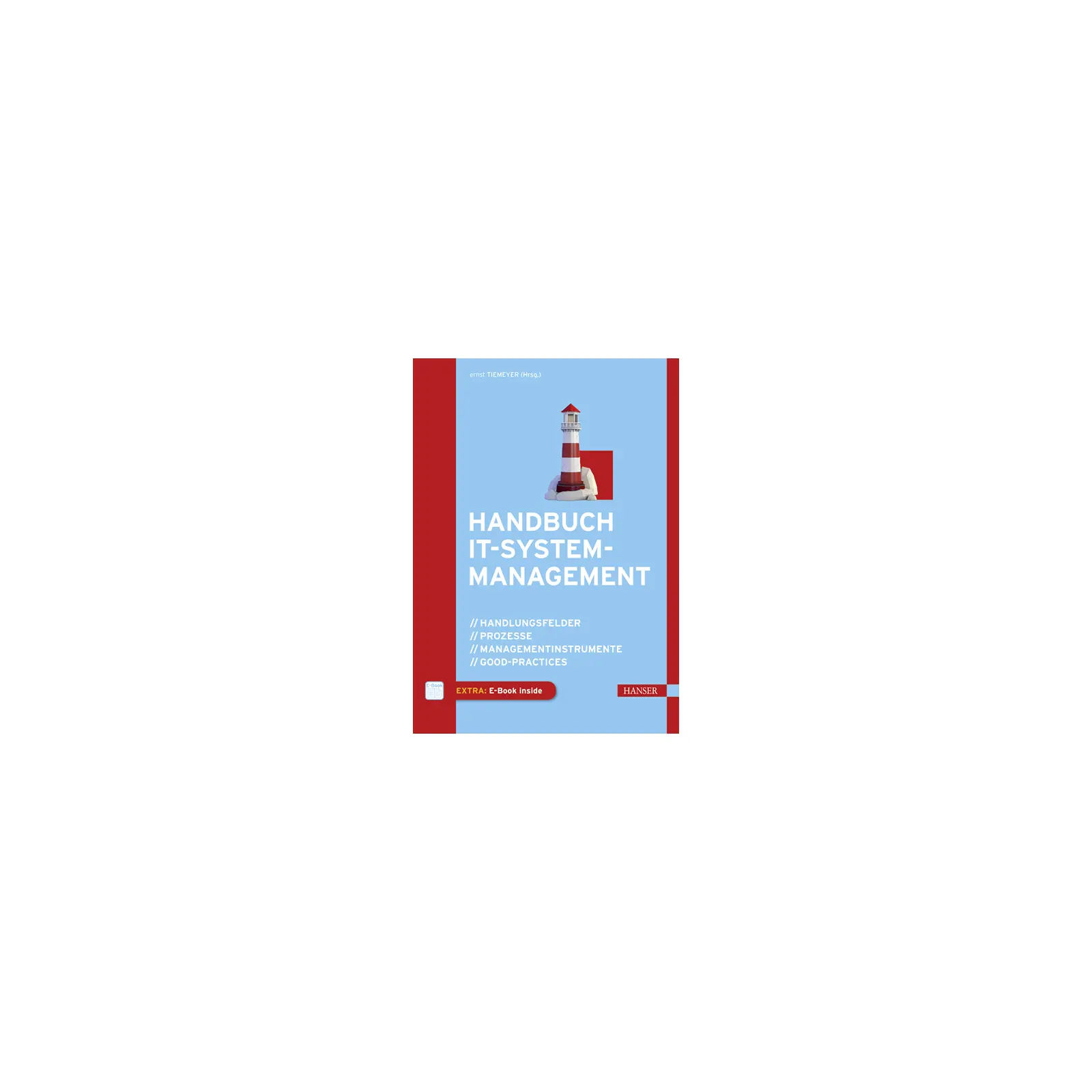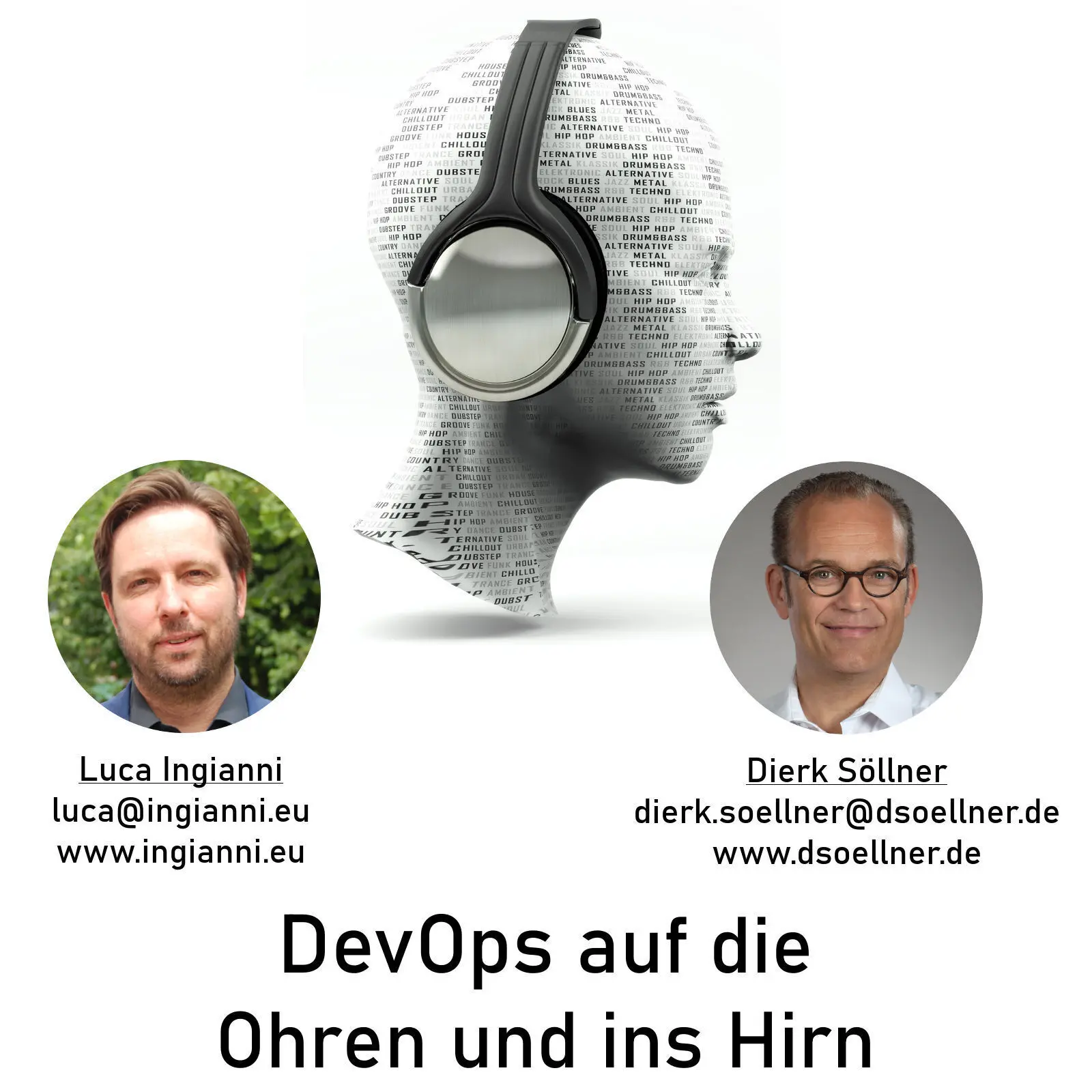

Transform Your Embedded Systems Development
Struggling with long development cycles, hardware constraints, and team productivity in embedded systems?
I’m Luca Ingianni, your embedded systems consultant.
I help embedded engineering teams adopt agile methodologies, leverage AI-assisted development, and implement efficient practices tailored for the unique demands of embedded systems.
Explore How I Can Assist You
Key Challenges in Embedded Systems Development
Through my extensive experience in embedded systems and interactions with numerous CTOs and tech leaders, I’ve identified common challenges in the field. These insights come from both my consulting work and the conversations I’ve been able to lead as a co-host of the Agile Embedded Podcast. Do these resonate with your experience?
Hardware-Software Integration
Many teams struggle with seamlessly integrating hardware and software components, leading to delays and unexpected issues in development.
Real-Time Constraints
Meeting strict real-time requirements while maintaining system reliability is a constant challenge in embedded systems development.
Resource Limitations
Working within the constraints of limited processing power, memory, and energy consumption is a key challenge for embedded systems developers.
Safety and Reliability
Ensuring system safety and reliability, especially in critical applications, is paramount and often requires rigorous testing and validation.
Agile Adoption in Embedded
Many teams find it challenging to adopt agile methodologies in the hardware-dependent world of embedded systems.
Toolchain Complexity
Managing complex toolchains for cross-compilation, debugging, and testing can be a significant hurdle for embedded teams.
Long Development Cycles
Embedded projects often have longer development cycles due to hardware dependencies, making it challenging to iterate quickly.
Keeping Up with IoT and Edge Computing
The rapid evolution of IoT and edge computing presents both opportunities and challenges for embedded systems developers.
My Expertise

Just wanted to say that I have been in several on-line courses during the last year and this was by far the most interactive and interesting one :-) I enjoyed how you moderated the discussions and that we had fun while learning new concepts or remembering what we had pushed to the back of our minds. Thank you for these past 3 days
Luca strikes me as a person who is genuinely intersted in DevOps. He is not selling you are producd but rather trying to show you what you can use in your company/team in order to be more productive.
Luca is an excellent trainer who try to keep the audience engaged with his unique style of training. He believes in more practical discussions rather than just rushing through the presentation unless necessary. With such practical approach, he keeps the audience engaged. He listen patiently to the queries & try to answer them appropriately without sugar coating. I like the honesty of accepting if he’s unsure of any answers

Ready to accelerate your embedded systems development?
Explore my training, consulting and coaching options designed specifically for embedded systems teams.
discuss your needsRecent Talks & Podcast Episodes




Handbuch IT-Systemmanagement
Das Kapitel “DevOps” des Buches “Handbuch IT-Systemmanagement” des Hanser Verlages
Let's Connect
Get in Touch Today
Whether you have a specific challenge, want to explore agile for embedded systems, or are curious about AI-assisted development, I’d love to hear from you. I respond personally to every inquiry.


Luca is a great trainer making the DevOps training worthwile and explaining topics in a very comprehensive way supported by good examples and leading valuable discussions within the training group.